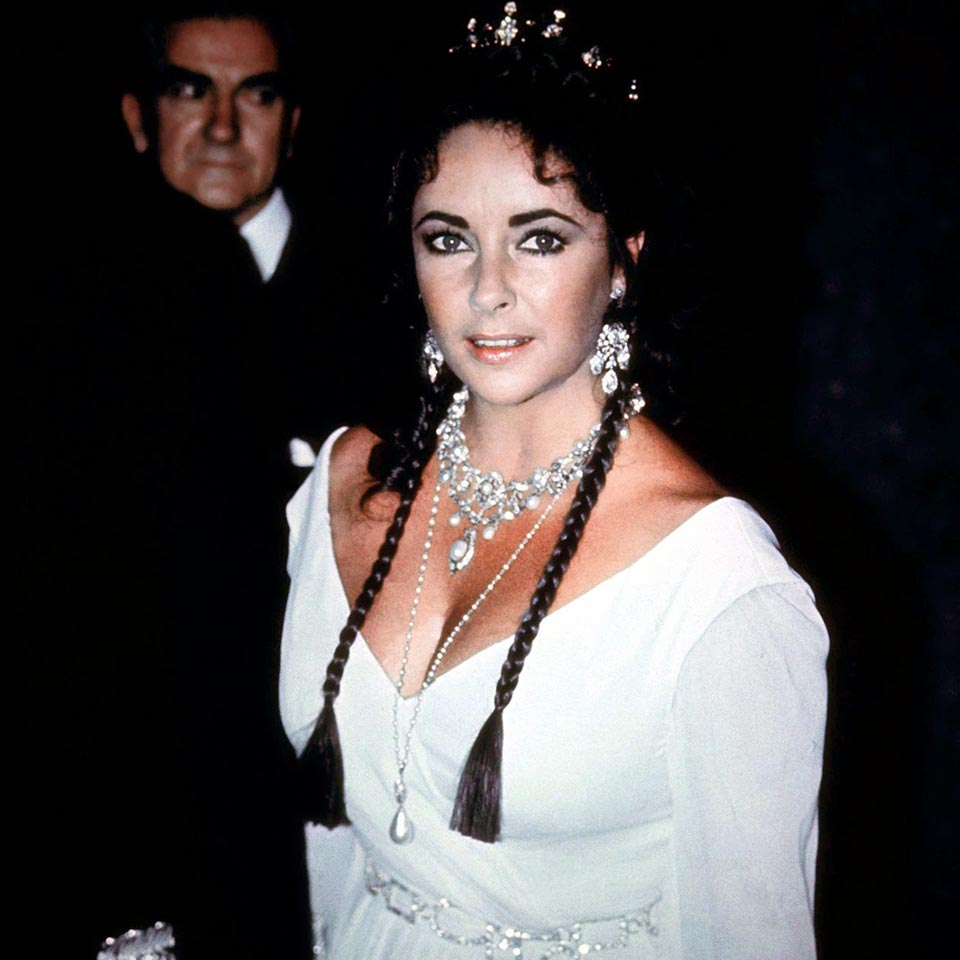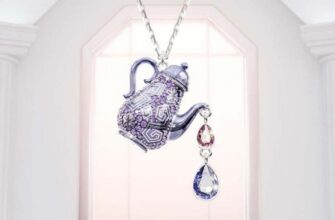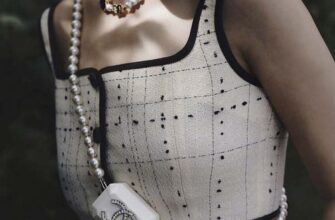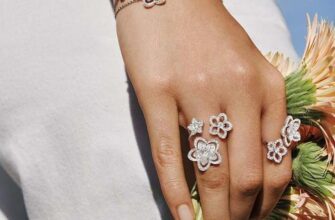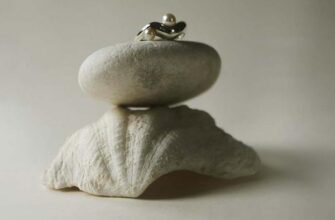Life writes the most incredible scenarios. This is an indisputable fact, and the amazing stories collected in this material are another proof of this! How Manhattan was sold for beads, why the Hope diamond was cursed, and what stones brought Marie Antoinette under the scaffold ... A selection of the most fatal jewelry is in our material.
Beads priced in Manhattan

A legend that every American knows: the story of how the Dutch bought the island of Manhattan from indigenous Indian tribes for ... beaded beads! On the one hand, the roots of this lending come from the cultural customs of the Indians, in whom decorative shell beads were equated with real money, and their value was equated with the value of precious stones and metals. According to another version, the Indians (who allegedly "owned" the island) were in fact a nomadic tribe and deceived naive Europeans by being in the right place at the right time. Either way, the fact remains: the heart and most expensive area of New York was once traded for a beautiful trinket.
The necklace that killed Marie Antoinette
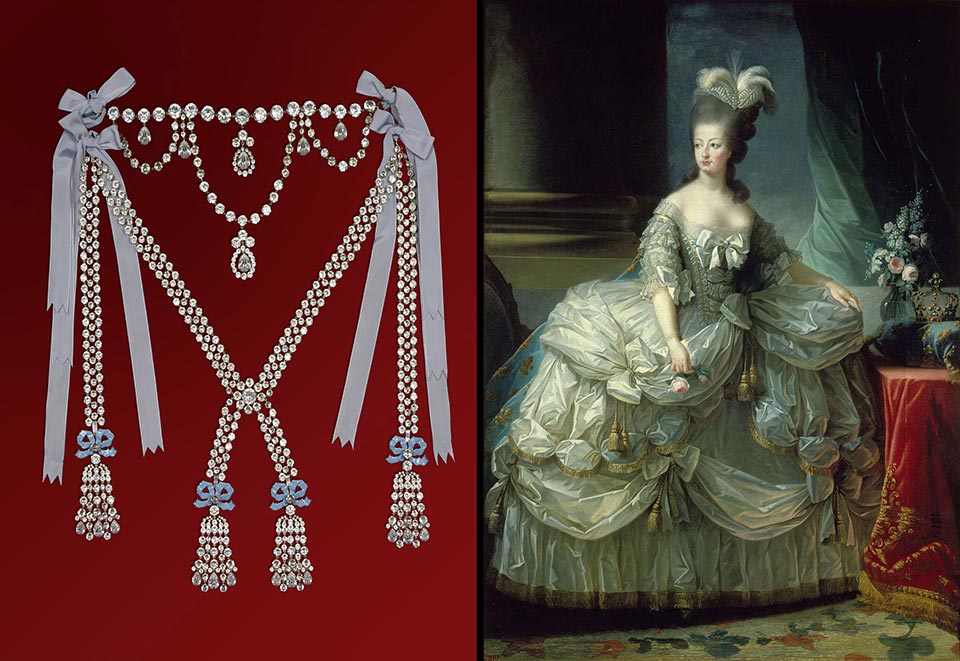
The luxurious diamond necklace, created by the French jewelers Boemer and Bassange, was commissioned by Louis XV, but he died before he could redeem it. Then the jewelry was offered for purchase to the young queen of France. However, Marie Antoinette refused the deal, because even for her the jewelry was too expensive. True, she soon became a victim of a fraudster who pretended to be a queen and "bought" a necklace with fake receipts.
Soon the deception was exposed, and one of the most high-profile trials of the 18th century began. But the reputation of the French ruler was tarnished: the thought that the queen was buying expensive diamonds in a time hungry for the French fueled revolutionary sentiments, and soon Marie Antoinette was executed. Yes, this diamond necklace has a huge stone on the "heart" - because of it, the queen and the society that was under her rule perished.
Tiara Josephine Beauharnais - from France to Norway
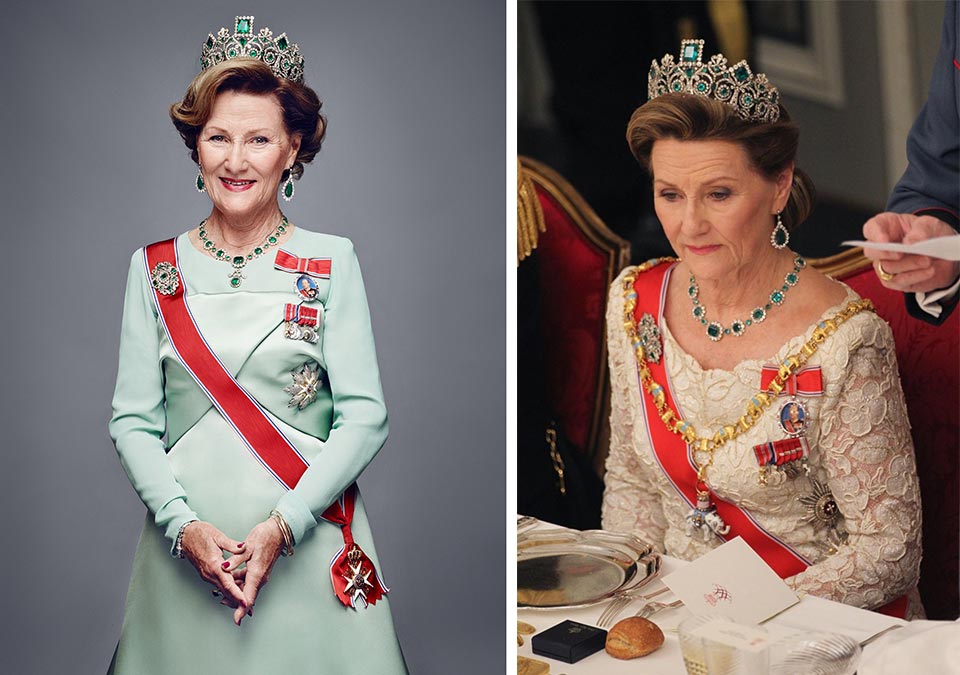
Another striking piece of jewelry that left its mark on history is the emerald tiara of Josephine Beauharnais, commissioned by Napoleon Bonaparte by the French jewelry house Bapst. The fate of the jewelry is surprising, in part because from 1937 to the present day it has been one of the main attributes of the Norwegian monarchy.
Just imagine what a “long way” this jewel has traveled: from France and Sweden to Norway - from Eugene de Beauharnais - Josephine's son, to Princess Martha of Sweden and the Norwegian rulers - King Harald and Queen Sofia. Tiara visited the most influential families of the last century and became a silent witness to the dramas played out in that era.
Sapphire "slip" by Mary Stuart

Not only whole jewelry, but also individual stones sometimes played a fateful role in history. One of these fateful stones is Mary Stuart's sapphire. Maria inherited the beautiful blue corundum from her ancestors. And along with the transfer of the stone, a prophecy was told to the queen, which said that if the main stone of Scotland unites with the main stone of England, the lands will find peace and true power.
Stewart had the opportunity to present the stone to his rival sister Elizabeth of England as a sign of peace and an end to the centuries-old feud between the kingdoms. Or give a precious present to Henry Darnley's husband. Blinded by love, Maria chose the latter and badly miscalculated, because later it was Darnley who repeatedly conspired against her ...
Perhaps if she had taken a different decision, the story would have turned out completely differently. However, love is cruel. For Henry Darnley, the "sapphire gesture" was largely unimportant. And the fate of the owner of the stone turned out to be sad ...
Cursed diamond "Hope"
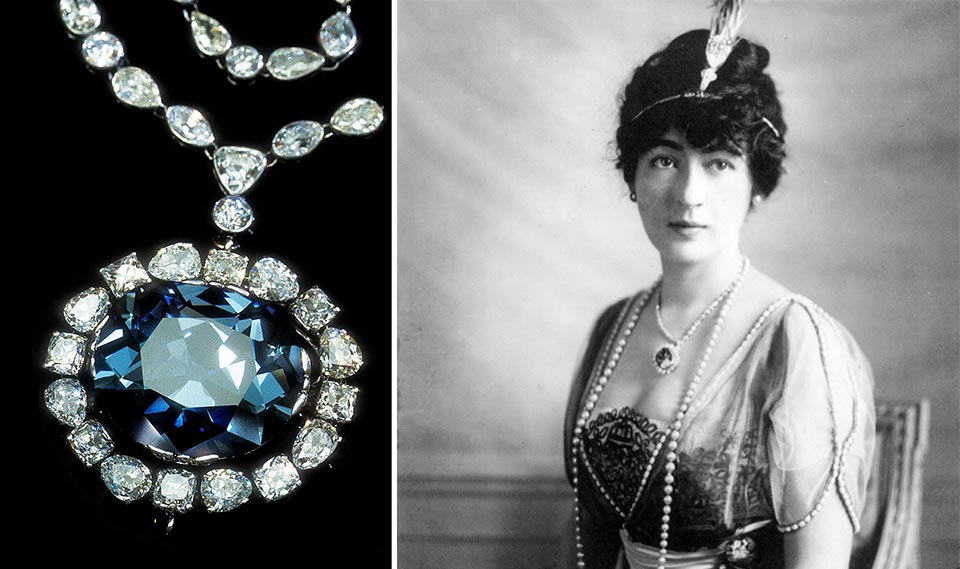
One of the most legendary diamonds in history - Hope (Hope) weighing 45 carats, which arrived in Europe from India with an ambiguous and frightening characteristic: will end before the death of the owner. " However, the gloomy "prophecy" did not stop influential fans of jewelry.
The first owner of a blue diamond, a French jeweler Tavernier, was torn to pieces by dogs. The stone was bought by the royal court, namely by Louis XIV, who also died soon after. The diamond went to his heiress Princess de Lambelle, who was torn apart by the crowd in the street. The "accursed" stone was inherited by Louis XV, then - to Louis XVI and his wife, the already mentioned Queen Marie Antoinette.
All of them invariably perished under various dramatic circumstances. For several centuries, the stone "went from hand to hand": its owners - the richest families from Europe and America - suddenly died, fell into disasters, shot themselves, betrayed each other and made fatal mistakes.
Today Hope diamond stored at the Smithsonian Institution in the United States. The most influential people in the world wanted to possess it, but the stone never chose its owner, bringing only grief. Not giving, but only taking away, he gained ambiguous fame, but his journey of centuries is amazing, and all these historical milestones shine today in each of the facets of this beautiful stone with its damned beauty.
A century-long robbery story
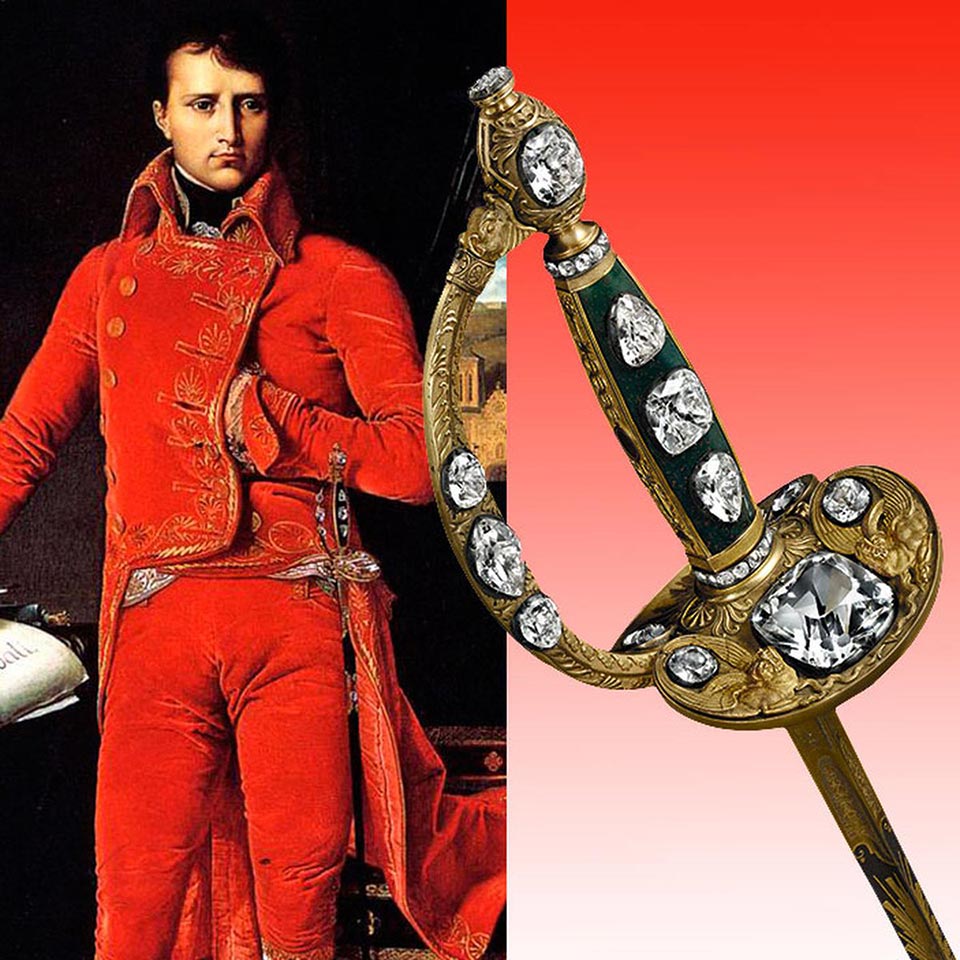
Another diamond with a difficult character - the 140-carat Regent! It was found all in the same India at the very beginning of the XNUMXth century. And from the very first days, the fate of the stone somehow did not work out. They tried to kidnap him all the time. So, at first it was stolen by a worker at the mine, but literally a couple of days later the stone was intercepted by the captain of the ship on which the prospector tried to escape from India.
The diamond was stolen and resold dozens of times; it even reached the hands of Louis XV, in whose crown it was inlaid. But it was also stolen from there during the French Revolution. The stone, inlaid with a sword, fought with Napoleon Bonaparte and danced at balls, adorning the diadem of Empress Eugenie, wife of Napoleon III's nephew.
Today "Regent" has calmed down, becoming a brilliant exhibit in the Louvre. Are his amazing adventures in the past? .. Time will tell.
Half a century diamond by Merlin Monroe

The one who sang about the best friends of girls, and she herself could not pass by the jewelry. Merlin Monroe adored diamonds; a lemon-yellow stone "Moon of Baroda" occupied a special place in her collection. Inlaid with a necklace, it appeared on the actress's chest in the movie "Gentlemen Prefer Blondes."
At the time of filming, this jewel was over 500 years old. So, at first, a pear-shaped stone of 24,04 carats belonged to the Maharaja of the South Indian principality of Baroda. It was later worn by Maria Theresa and Marie Antoinette. In 1943, the diamond was bought by Mayer Rosenbaum, president of the Meyer Jewelery Company, which provided the jewel for filming. And in 2018, the stone became the real star - the central lot at Christie's in Hong Kong and was sold for $ 1,339 million. The story, although not dramatic, is extremely curious!
Royal Peregrina
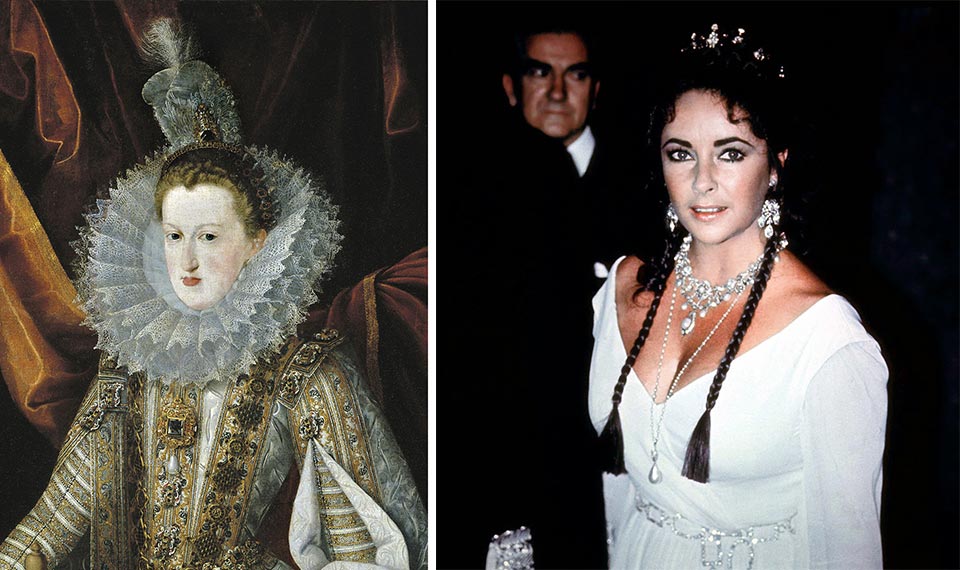
The famous "Peregrina", a pear-shaped pearl weighing 55,95 carats, is also a jewel with a great royal past. She visited the collections of King Philip II of Spain, Queen of England Mary Tudor and French Emperor Napoleon III.
But the most interesting story connected the pearl with Elizabeth Taylor, who she got, inlaid in a luxurious diamond necklace, from the generous husband Richard Burton (he bought the jewelry at Christie's). The actress adored the Peregrina necklace and often took it with her around the world. True, once I almost lost it! Returning to the hotel room after another party, the star found that the necklace had disappeared. Picking up the entire hotel and the police, Taylor soon discovered the loss ... The necklace gleamed in her dog's teeth.
